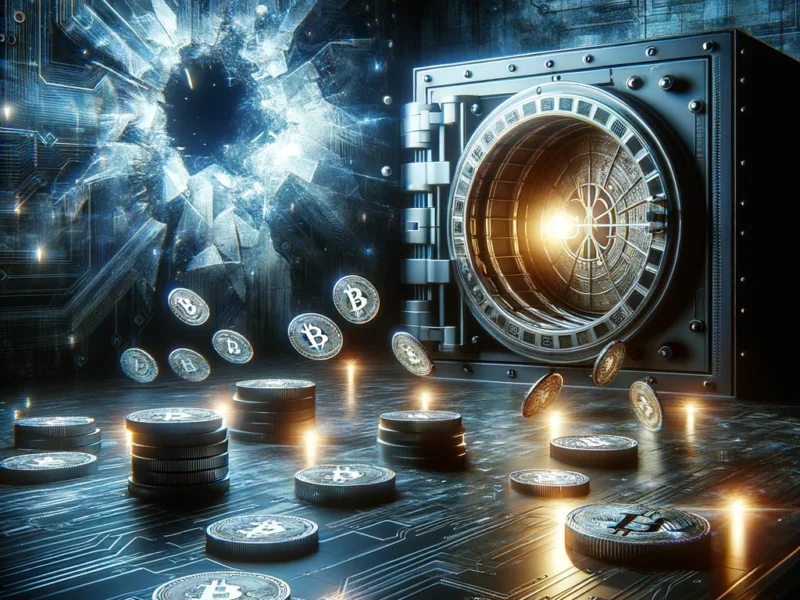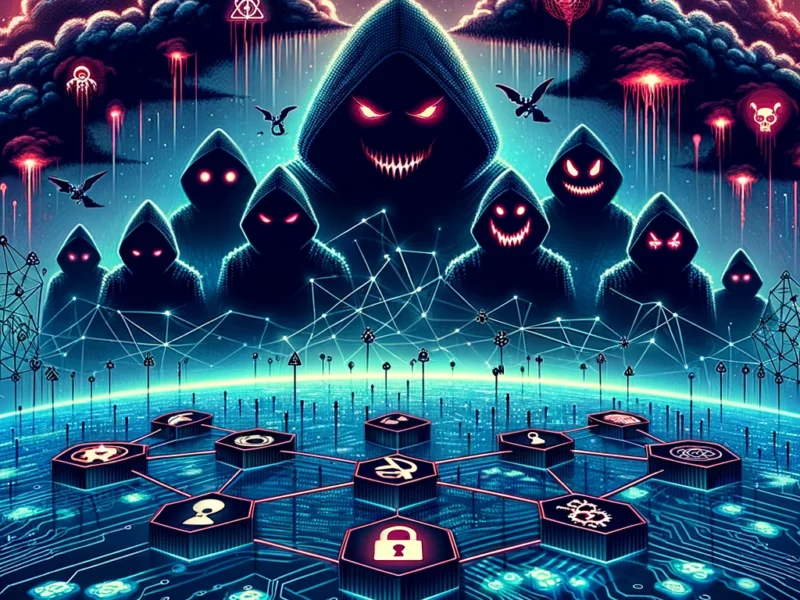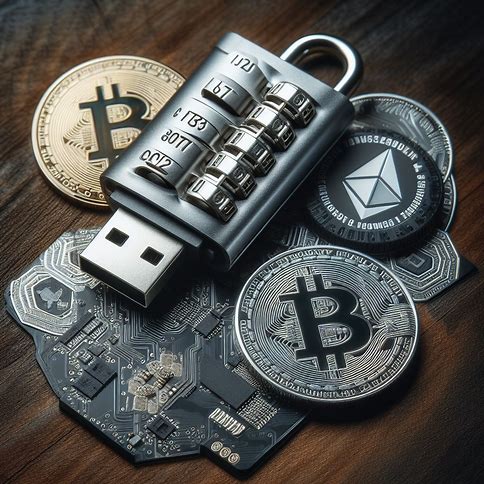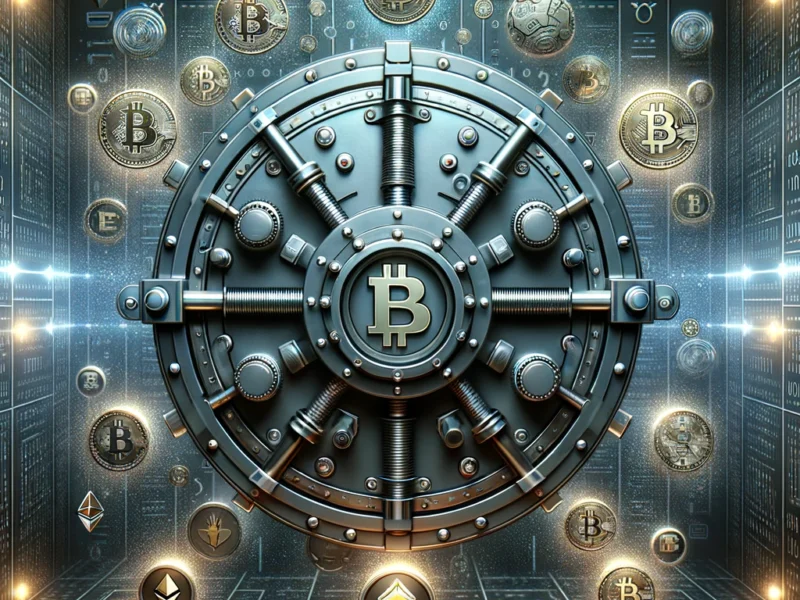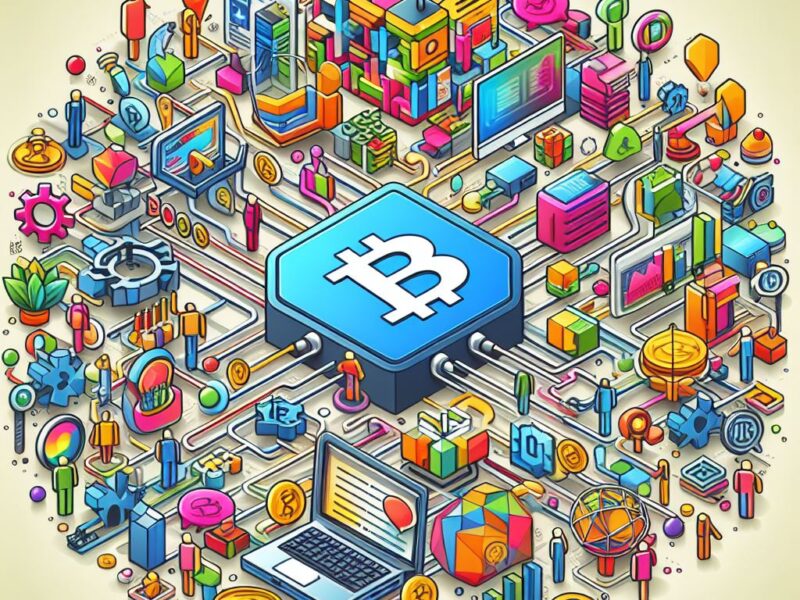Cryptocurrency rug pulls have become a growing concern in the cryptocurrency industry. They are an unfortunate but common occurrence in the global crypto markets, resulting in major losses for investors. In this post, we will explain what crypto rug pulls are, how they work, and most importantly, how you can avoid falling victim to them.
Jump To
ToggleWhat is a Crypto Rug Pull?
A crypto rug pull is a type of scam in which the developers of a cryptocurrency project suddenly abandon it, taking investors’ funds with them. The term “rug pull” comes from the idea of pulling the rug out from under investors’ feet, leaving them with worthless tokens and no way to recover their money.
Rug pulls can take various forms, but they typically involve creating hype around a new project, convincing investors to buy in, and then disappearing with the funds. In some cases, the developers may create a seemingly legitimate project with a professional-looking website, whitepaper, and social media presence, only to vanish once they have raised a significant amount of money.
How Do Crypto Rug Pulls Work?
The typical stages of this type of scam involve:
1. Project Creation
The scammers create a new cryptocurrency project, often with a catchy name and a promising concept. They may develop a whitepaper, set up a website, and establish social media channels to promote the project.
2. Token Sale
The project launches a token sale, often in the form of an initial coin offering (ICO) or initial DEX offering (IDO). Investors are encouraged to buy the project’s tokens, with the promise of significant returns once the project takes off.
3. Liquidity Provision
To create the illusion of legitimacy, the scammers may provide liquidity to decentralized exchanges (DEXs), allowing investors to trade the project’s tokens.
4. Hype Generation
The team behind the project generates buzz through social media marketing, influencer partnerships, and other promotional tactics. They may make bold claims about the project’s potential and promise high returns to investors.
5. Rug Pull
Once the project has raised a significant amount of money, the scammers execute the rug pull. They may do this by selling off their tokens, removing liquidity from DEXs, or simply disappearing with the funds. The project’s token value plummets, leaving investors with worthless assets.
However, note that not all failed projects are rug pulls. Sometimes, projects may fail due to poor management, market conditions, or other factors. The key difference is that in a rug pull, the developers intentionally deceive investors and steal their funds.
Red Flags to Watch Out For
1. Anonymous or Fake Team
If the project’s team members are anonymous or use fake identities, it’s a major red flag. Legitimate projects typically have transparent teams with verifiable backgrounds and experience.
2. Unrealistic Promises
If a project promises guaranteed returns or claims to have a “revolutionary” technology without providing concrete details, it is likely a scam.
3. Lack of Transparency
If the project is not open about its development progress, funding, or partnerships, it may be hiding something.
4. No Code Audit
If the project’s smart contract code has not been audited by a reputable third-party firm, it may contain vulnerabilities that could be exploited by scammers.
5. Rushed Token Sales
If the project is rushing to launch its token sale without allowing time for proper due diligence, it may be trying to capitalize on hype before investors catch on.
6. Unusual Token Distribution
If a large percentage of the project’s tokens are held by a small group of addresses, it could indicate a potential rug pull.
7. No Locking Mechanism
If the project’s liquidity pool or team tokens are not locked, it means they can be easily removed, potentially leading to a rug pull.
How to Avoid Crypto Rug Pulls
1. Research the Team
Before investing in any project, thoroughly research the team behind it. Look for information about their background, experience, and reputation in the industry.
2. Verify the Code
If you have the technical knowledge, review the project’s smart contract code yourself. If not, look for reputable third-party audits that have verified the code’s security.
3. Check Token Distribution
Use blockchain explorers to analyze the project’s token distribution. Be wary of projects with a large percentage of tokens held by a small number of addresses.
4. Engage with the Community
Join the project’s social media channels and engage with the community. Look for genuine discussions and critical questions rather than just hype and promotion.
5. Don’t Fall for FOMO
Don’t let the fear of missing out (FOMO) drive your investment decisions. If a project seems too good to be true or is rushing you to invest, it’s likely a red flag.
6. Diversify Your Portfolio
Diversify your crypto portfolio across multiple projects and asset classes to minimize the impact of potential rug pulls.
Real-World Examples of Crypto Rug Pulls
1. OneCoin
OneCoin was a massive Ponzi scheme that operated from 2014 to 2017, claiming to be a cryptocurrency. The project’s founder, Ruja Ignatova, disappeared in 2017 with an estimated $4 billion in investor funds. OneCoin is considered one of the largest crypto scams in history.
2. Bitconnect
Bitconnect was a lending platform that promised investors high returns for holding its BCC token. The project was widely criticized as a Ponzi scheme, and in January 2018, it suddenly shut down, causing its token value to plummet by over 90%. Investors lost an estimated $2.5 billion in the process.
3. Thodex
In April 2021, the Turkish cryptocurrency exchange Thodex abruptly halted trading, and its CEO, Faruk Fatih Özer, fled the country with an estimated $2 billion in investor funds. The exchange had been promoting a dubious token called Dogecoin Killer (DOGE) before the rug pull.
The Future of Crypto Rug Pulls
As the cryptocurrency industry continues to grow, we will likely see more attempts at rug pulls in the future. However, there are also efforts underway to combat these scams and protect investors.
One such effort is the increasing adoption of decentralized finance (DeFi) insurance protocols, which allow investors to protect their assets against potential losses, including those from rug pulls. Projects like Nexus Mutual and Cover Protocol offer insurance products that can help mitigate the risks of investing in DeFi projects.
Also, there are initiatives to create safer and more transparent fundraising models for cryptocurrency projects. For example, the IDO (Initial DEX Offering) model, popularized by platforms like Polkastarter and BSCPad, aims to provide a more secure and regulated environment for token sales.
The best defense against crypto rug pulls is education and vigilance. By staying informed about the latest trends and best practices in the industry, and by carefully researching projects before investing, you can minimize your risk of falling victim to these scams.
Key Takeaways
- Crypto rug pulls are scams where developers abandon a project and steal investors’ funds.
- Rug pulls typically involve creating hype, launching a token sale, providing liquidity, and then suddenly disappearing with the funds.
- Red flags to watch out for include anonymous teams, unrealistic promises, lack of transparency, unaudited code, rushed token sales, and unusual token distribution.
- To protect yourself, research the team, verify the code, check token distribution, engage with the community, avoid FOMO, and diversify your portfolio.
- Real-world examples like OneCoin, Bitconnect, and Thodex demonstrate the scale and impact of crypto rug pulls.
- Efforts to combat rug pulls include DeFi insurance protocols and safer fundraising models like IDOs.
- Education and vigilance are the best defenses against falling victim to crypto rug pulls.
FAQs
1. What is the difference between a rug pull and a pump-and-dump scheme?
A: While both are types of scams, a rug pull involves the developers abandoning the project and stealing funds, while a pump-and-dump scheme involves artificially inflating the price of a token through false hype and then selling off at a higher price.
2. Can I recover my funds if I have been a victim of a rug pull?
A: In most cases, it’s very difficult to recover funds lost in a rug pull, as the scammers often disappear without a trace. However, you should report the scam to the relevant authorities and crypto community to help prevent others from falling victim.
3. Are all new cryptocurrency projects potential rug pulls?
A: Not all new projects are rug pulls, but you have to approach them with caution. Legitimate projects will have transparent teams, audited code, and realistic goals. Always do your research before investing.
4. How can I spot a fake cryptocurrency project website?
A: Fake project websites may have poor grammar and spelling, lack detailed information about the team and roadmap, or make unrealistic promises. Always cross-reference the website with other sources and be cautious of projects that rely heavily on hype and FOMO.
5. What should I do if I suspect a project is a rug pull?
A: If you suspect a project is a rug pull, do not invest any funds. Report your concerns to the relevant authorities, such as the SEC or FTC, and warn others in the crypto community through social media and forums. The more people are aware of potential scams, the less likely they are to succeed.

